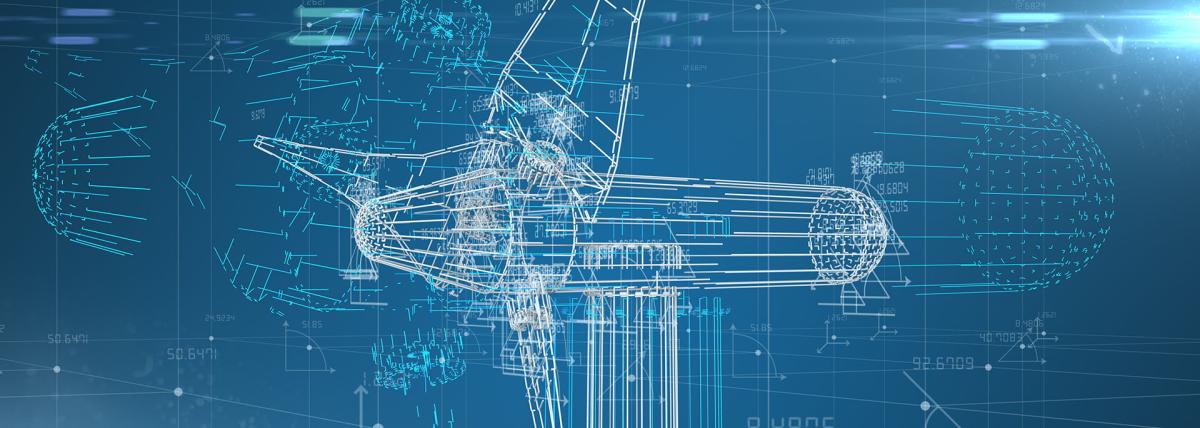
This lesson is a continuation of lesson 1. Students will learn about Newton's Laws of motion and apply those concepts to their car designs.

Students will use a kid friendly online CAD modeling program to create a car design. Students will then carve their car using floral wet foam, wheels and axels to race in the derby.

Students will develop a model of a city and have it be protected from "the clickers".

In this first part of a three part unit, students explore the phenomenon of an LED light and a coin battery. They will discover the difference between a closed and open circuit, using a STEM journal
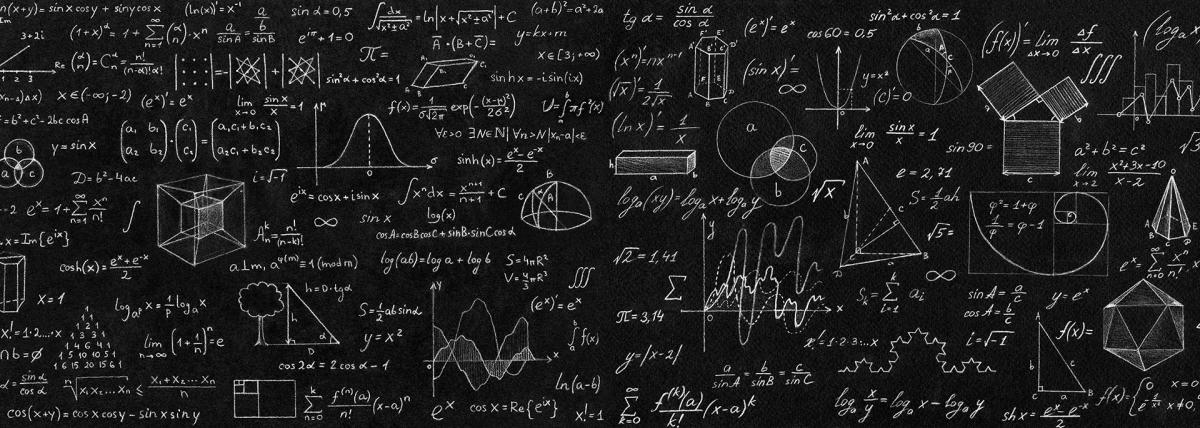
This is a two-day introductory lab exercise using video analysis to derive the equations that govern projectile motion. It employs elements of Modeling Instruction to engage students in doing science.

This lesson provides an overview of the differences between living and nonliving things. Students will be asked to compare and contrast living and nonliving things and describe the characteristics of
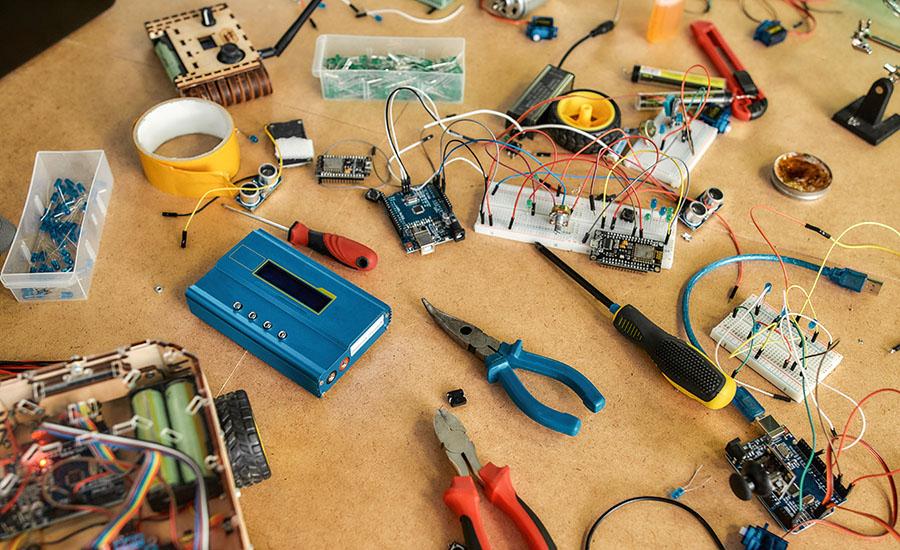
In Arizona, rain a major component of the water cycle, is a precious and vital. Students will gain an understanding of the three phase of watrer on the earth: solid, liquid and gas and the four stages

This unit will pair the popular game of Minecraft with the United Nations Sustainable Development Goals. Throughout the unit, you will be introduced to the SDG principles and renewable/non renewable

Let the students experience being industrial or manufacturing engineers as they convince bag companies about the best plastic material to upcycle for a more sustainable bag option. Through the Plastic

Review of Newton’s Laws of Motion Review of potential and kinetic energy. Review of transformational energy. How does mass impact kinetic energy? What is a chain reaction? What is a Rube Goldberg
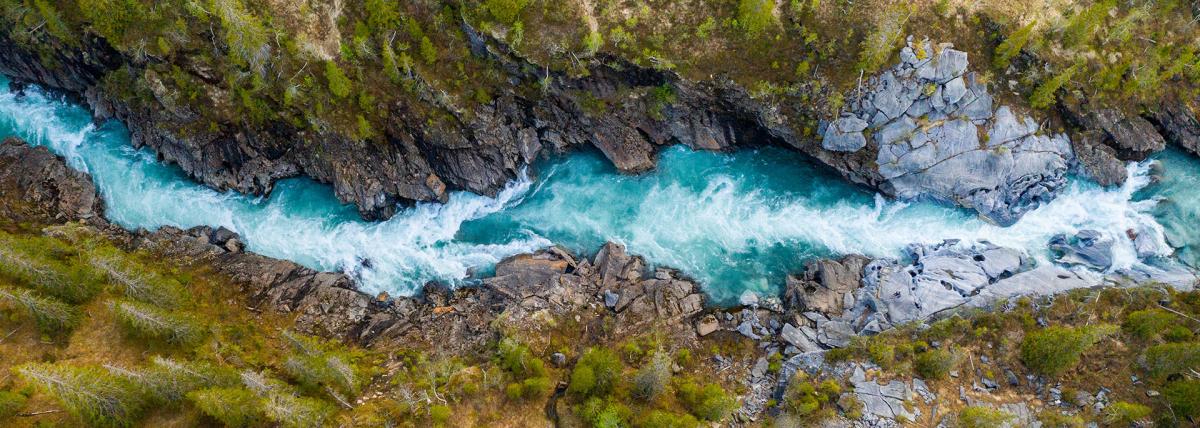
Potential and kinetic energy. Newton’s Second Law of Motion Transformational energy The history, types, and functions of water wheels Renewable energy? Calculating rate of revolution Sketch and design

Students will work together to create a skyscraper using different types of materials. This activity aims to see how the shaking movements of the ground, called seismic waves, affect the skyscraper

This is a lesson that engages students to critically read informational text, construct an argument with evidence, and engage in academic discourse about the nature, living or non-living, of viruses
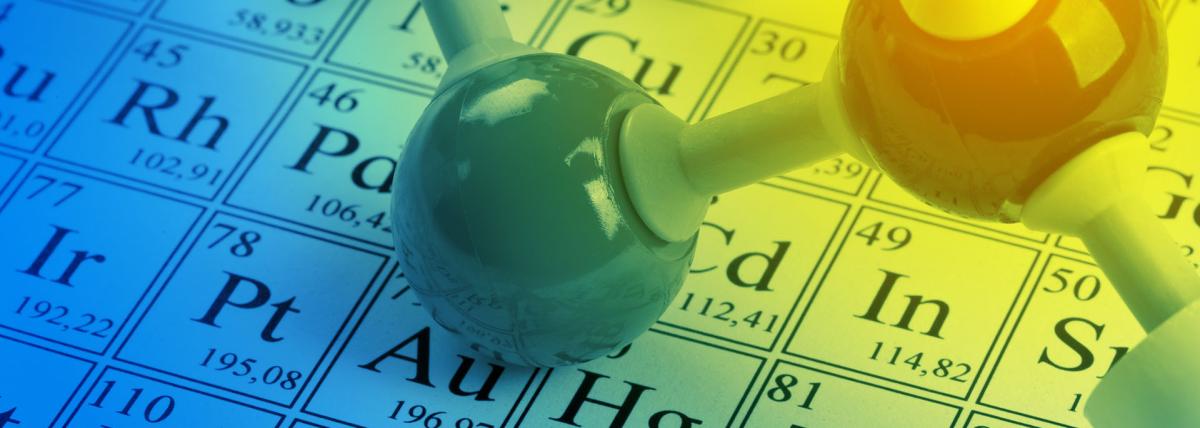
Students get to discover the relationship between solutes and solvents in relation to concentration. As an inquiry based lab, students will mix their own concentrations of Kool-Aid or other powdered

This is lesson 8 of 8 Basic Handling Lessons. This is the culmination Attitude Test in which students apply all of the Handling lessons to an actual flight. This is a 3 minute flight simulator lesson

This is lesson 7 of 8 Basic Handling Lessons. This unit culminates in the Attitude Test in which students apply all of the Handling lessons to an actual flight. This is a 3 minute flight simulator

This is lessons 4-6 in the Basic Handling Unit. This unit culminates in the Attitude Test in which students apply all of the Handling lessons to an actual flight. This is three short lessons (2-5

Students work as engineers using the Engineering Design Process to design and create a parachute that will safely land a "rover" on Mars! This STEM activity uses easy-to-gather materials for parachute

This is the first of four lessons. In this introductory lesson, students will explore different ways to affect the movement of a marble while going through the Engineering and Design Process.

This lesson has students investigate how forces and motion affect a car fueld by CO2 gas. Students have a design challenge to utilize their science knowledge to create a successful car.
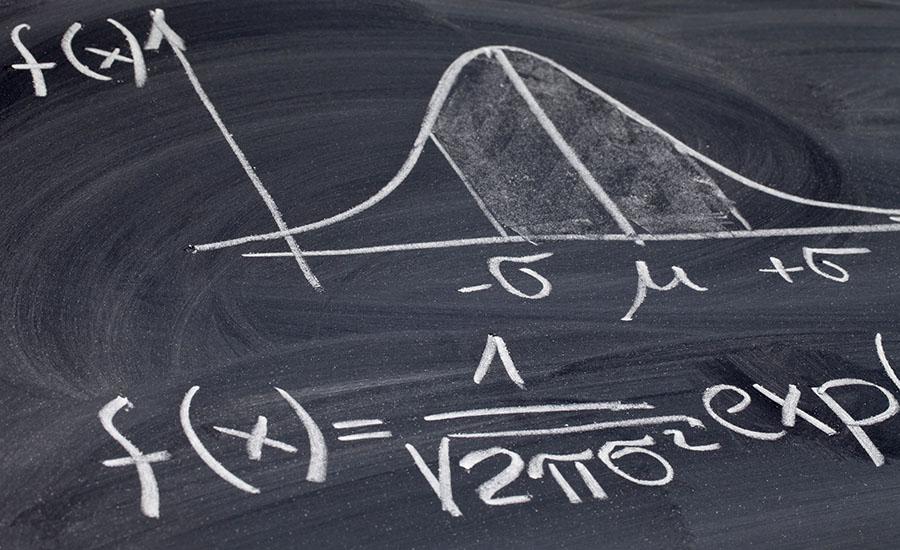
Day 3 of 3 in a skateboard building unit. Student will apply Newton's law skateboarding, deconstruct and construct a basic skateboard, learn basic safety and outdoor riding rules.

This is lesson plan two of three in a skateboard building unit that applies Newtons Laws to skateboarding. Students will learn the parts of a skateboard, construct a simple skateboard, learn safety

In this lesson, students will observe the different ways a sheet of paper can fall. They will face two challenges with paper, the final challenge being to create and test a parachute for a small

Students have a book to read about the three states of matter. Students experiment with the three states of matter of water. They record their observations in their STEM notebook. Students look at a


